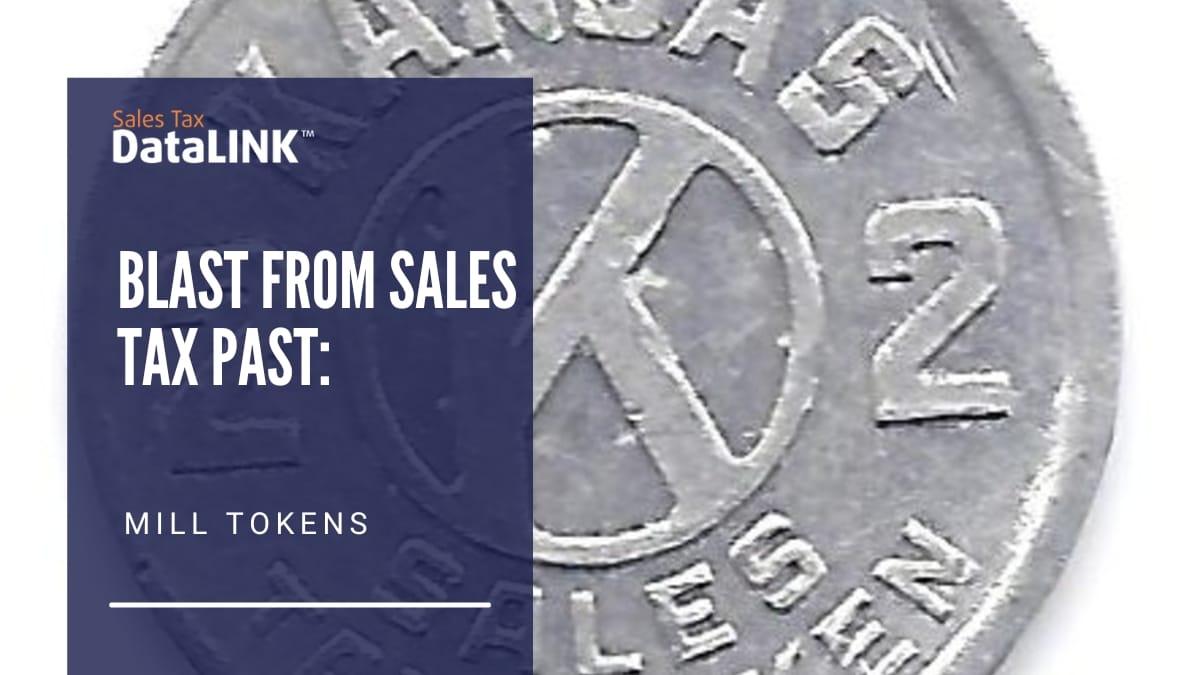A mill is one-thousandth of a dollar, one-tenth of a cent, or 1/10th of 1%, as it’s often written for sales tax laws. Often when local municipalities and states put new sales taxes in place, it is noted in the form of mills. The word originally comes from the Latin word, meaning one thousandth, and back before tax jurisdictions told business owners to round to the nearest cent, there was a system of mill coins that store owners and consumers used to conduct business. Mill coins were made of metal, plastic, and even thin paper throughout the years, like those from the Old Munichburg Association in Missouri. When a customer buys something at $1, the total sales tax might be 8.5%. The total due is actually $1.085 and in the days of mill tokens, the customer could have given exact change to the shopkeeper as one dollar, a nickel, three pennies, and one 5 mill token.
If the customer didn’t have a 5 mill token and instead paid with one dollar and a dime, the shopkeeper would have given back a penny and one 5 mill token. You can see why these mill tokens were considered very cumbersome and why they were done away with after WWII. The math involved with a long list of purchases got very complex, especially if some items were exempt. Fortunately, today we round to the nearest cent so it’s a lot easier to understand and calculate out totals due for sales. But this does create some other problems too. If you have mistakes in rounding, it can create all kinds of errors in your sales tax returns that are quite difficult to track down. Using sales tax software is the best way to avoid issues of incorrect rounding. Try our free evaluation and see how Sales Tax DataLINK can simplify your life.




